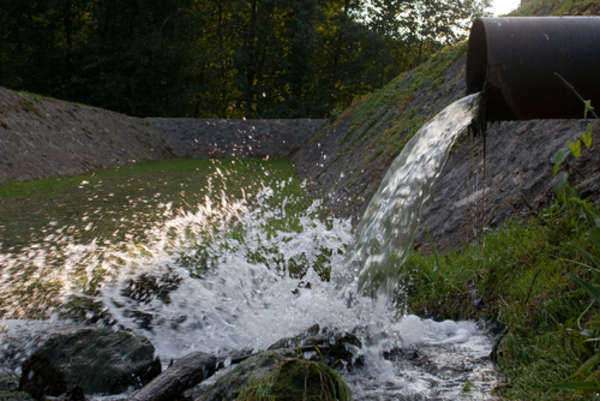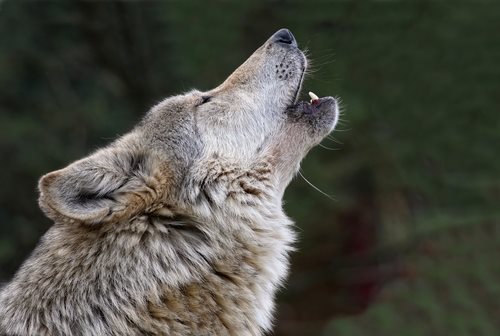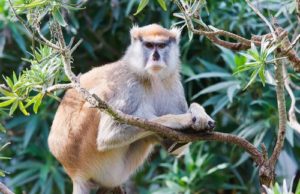U.S. Military Goes Green: Eco Projects Soar

With a new emphasis on sustainable and renewable technological development, the 21st century military has been developing inventions that will help make the armed forces of the future have less of an impact on our planet.
In the furthest reaches of Afghanistan, the United States Marine Corps is running bases that generate their own power with solar arrays. These bases don't need to pull any energy from fossil fuels or outside power plants—useful in a country where mountainous terrain and difficult relations with local tribes can mean serious problems in keeping on the grid.
The biggest solar generation facility in the United States isn't part of a business's effort to green up their act. It belongs to the United States Air Force. At the Nellis AFB, in sunny Nevada, an array of solar panels produces as much energy as taking thousands of houses off the grid, or nearly 200,000 cars off the street.
Even some of the most controversial locations of United States military bases are getting in on the green action. The Guantanamo Bay prison in Cuba is now run by the biggest diesel/wind power generation facility in the entire world.
Marines' packs are lighter because of sunlight in Afghanistan. Communications gear batteries weigh down gear packs, so the Marine Corps added a blanket-style solar panel that unfolds during the daytime. This solar pack packs enough charge to cut a total of 20 pounds of batteries from every pack of communications gear.
Because the U.S. military is run on such a large scale, even seemingly minor changes can have a significant impact on the environment. Gas cap rings that look at fuel consumption and notice when mileage is declining are expected to save millions of total man-hours on odometer checks. The faster recognition of declining fuel mileage will also significantly cut fuel consumption from older vehicles in need of maintenance.
Everyone in the military needs to sleep sometime, and many service members sleep on base. For these service members, the military is now working on recycled material mattresses. Within a few years, up to 500,000 soldiers could be using the mattresses, which are also said to be up to five times as durable as a normal mattress—because the materials are completely washable.
The Navy isn't staying out of the action, either. The Great Green Fleet project aims to power ships partially or fully with renewable and sustainable power sources instead of using fossil fuels.
Sources: army.mil, doe.gov, darpa.mil, whitehouse.gov





























